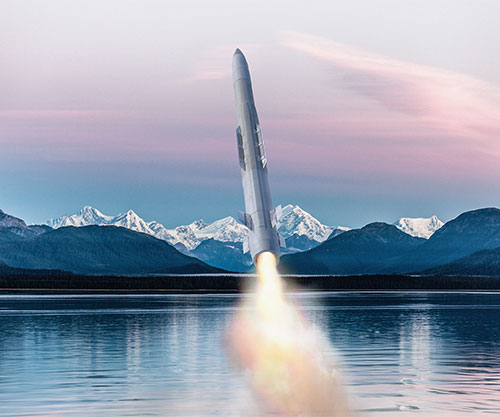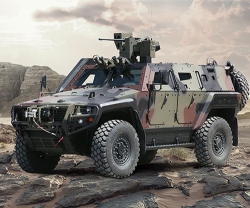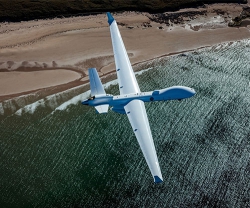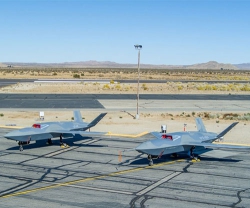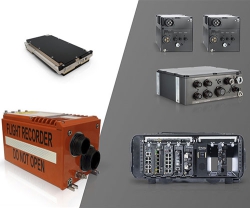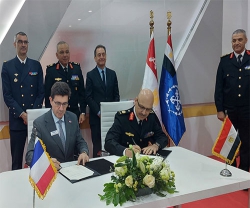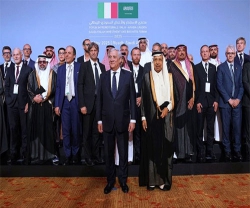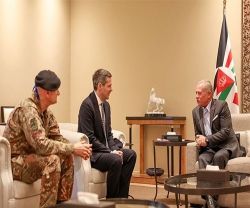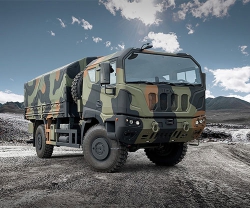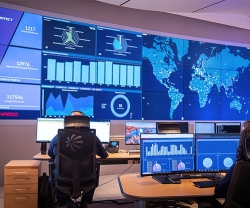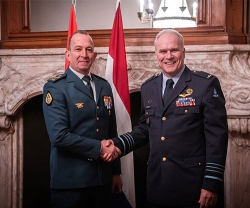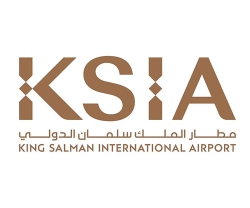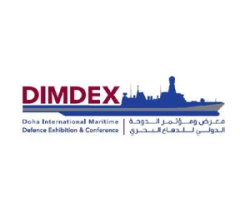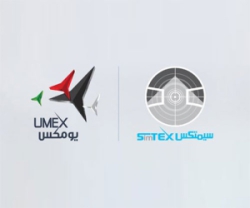In a flight test event, Lockheed Martin’s Patriot Advanced Capability - 3 Missile Segment Enhancement (PAC-3 MSE) engaged an airborne threat (ABT) using Raytheon’s Lower Tier Air and Missile Defense Sensor (LTAMDS).
During the flight test, a PAC-3 MSE successfully intercepted a target using data from LTAMDS’s secondary sector - a significant step toward fielding the 360-degree engagement capability for the U.S. Army’s modernized Integrated Air and Missile Defense (IAMD) architecture. This milestone demonstrates PAC-3’s ability to work seamlessly with cutting-edge technologies.
“PAC-3 continues to demonstrate advanced, reliable performance in increasingly complex operational environments,” said Brian Kubik, Vice President of PAC-3 Programs at Lockheed Martin.
“Delivering 360-degree engagement capability will enable soldiers to defend against threats from any direction, enhancing the U.S. Army’s IAMD capabilities,” he added.
Demand for PAC-3’s advanced capabilities continue to rise following its performance in real-world operations. Lockheed Martin is on track to deliver a new record high of more than 600 PAC-3 MSEs in 2025 and working closely with the US Army to take proactive steps towards accelerating delivery to our worldwide customers.
In this test, LTAMDS, supported an Integrated Battle Command System and a PAC-3 MSE missile intercept of a threat representative target. The test objective was to demonstrate LTAMDS’ successful integration with the recently delivered Large Tactical Power Source (LTPS). The increased power provided by LTPS enables LTAMDS to reach its full battlespace potential.
The high capacity, full coverage provided by LTAMDS three radar arrays enable the defeat of massive, coordinated attacks that include a mix of threats such as drones, advanced aircraft, as well as ballistic, cruise and hypersonic missiles. LTAMDS has now completed nine successful flight tests of increasing complexity to prove its capabilities against real-world threats.
“LTAMDS’ 360-degree full-sector sensing capabilities specifically address massive, coordinated attacks from adversaries,” said Tom Laliberty, President of Land & Air Defense Systems at Raytheon.
“As international demand grows, Raytheon continues to invest in our production capacity to quickly deliver this critical capability to customers,” he added.
In April 2025, the U.S. Army designated LTAMDS as an official program of record. In 2024 Poland became the first international customer to add LTAMDS to their air and missile defense architecture. Several more countries are actively planning to acquire LTAMDS to modernize their air defenses. The company is making significant capital investments to meet global demand.
Lockheed Martin is a global defense technology company driving innovation and advancing scientific discovery. The company’s all-domain mission solutions and 21st Century Security® vision accelerate the delivery of transformative technologies to ensure those we serve always stay ahead of ready.
Raytheon, an RTX business, is a leading provider of defense solutions to help the U.S. government, allies and partners defend their national sovereignty and ensure their security. For more than 100 years, Raytheon has developed new technologies and enhanced existing capabilities in integrated air and missile defense, smart weapons, missiles, advanced sensors and radars, offensive and defensive cybersecurity tools, interceptors, space-based systems, hypersonics and missile defense across land, air, sea and space.
RTX is the world’s largest aerospace and defense company. With more than 185,000 global employees, and through industry-leading businesses (Collins Aerospace, Pratt & Whitney, and Raytheon), RTX is advancing aviation, engineering integrated defense systems for operational success, and developing next-generation technology solutions and manufacturing to help global customers address their most critical challenges. The company, with 2024 sales of more than $80 billion, is headquartered in Arlington, Virginia, USA.

